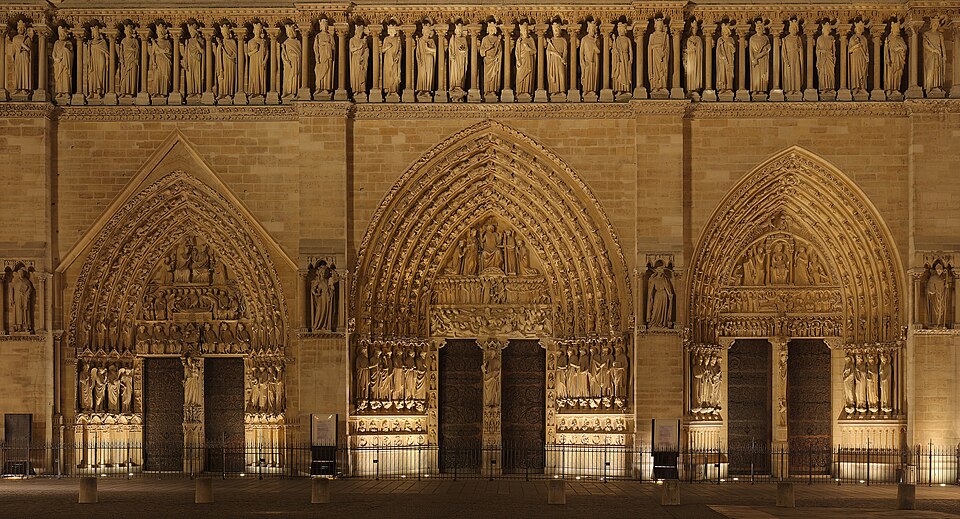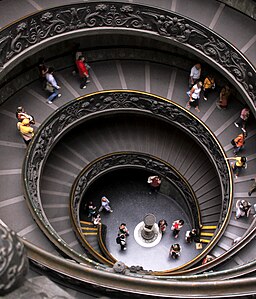The Notre-Dame de Paris Fire Investigations
Six years after the Notre-Dame de Paris fire, official investigations and published sources converge on certain results and primary hypotheses regarding the fire’s origin. However, no definitive cause or individual responsibility has been identified. Subsequently, a summary of the investigation process and its key findings are presented.

The Investigators
The primary investigators of the Notre-Dame de Paris fire have included several prominent officials, law enforcement agencies, and scientific teams:
- The initial investigation was overseen by the Paris Prosecutor’s Office, initially led by Chief Prosecutor Rémy Heitz, who regularly communicated investigation findings to the public and confirmed the focus on accidental causes.
- As the investigation progressed, Paris’ chief prosecutor, Laure Beccuau, played a central public role, particularly during the subsequent years following the fire, coordinating technical analyses and commissioning new expert reports and simulations to comprehensively understand the fire’s origin.
- Investigating magistrates (juges d’instruction) supervised judicial inquiries, requested new reports, cross-referenced technical findings, and ordered a 3D simulation of the fire’s outbreak utilising available footage and site data.
- Technical forensics teams and the police central laboratory examined debris and potential ignition sources, while interviews were conducted with numerous cathedral staff, construction workers, and security personnel.
- The French Ministry of Culture’s specialised laboratory, LRMH (Laboratoire de Recherche des Monuments Historiques), and other scientific experts contributed to material and fire dynamics analysis, particularly to inform the ongoing restoration efforts and to investigate the broader implications for heritage conservation.
The Investigations
The investigation into the Notre-Dame de Paris fire progressed through several structured phases conducted by French judicial authorities and technical experts. Frequent updates and technical analysis were provided over the six years since the fire.
Initial Actions. Immediately after the fire, the Paris Prosecutor’s Office initiated a judicial inquiry, classifying the incident as involuntary destruction by fire. Forensic police and fire safety experts secured the site, examined the debris for ignition sources, and tested electrical systems, renovation equipment, and scaffolding.
Evidence Gathering and Interviews. Investigators collected physical evidence, including material samples from the roof and scaffolding, cigarette butts, and components of electrical installations. Detailed interviews were conducted with cathedral staff, restoration workers, contractors, and security personnel to reconstruct events immediately preceding the fire.
Technical Analysis. Material samples underwent laboratory testing to identify potential ignition sources and accelerant traces. Extensive analysis was conducted by the LRMH laboratory and police forensic units. Fire dynamics experts utilised 3D simulations and technical modelling to estimate the potential starting points and spread of the fire, providing information for ongoing reporting and public communication.
Judicial Oversight and Expert Reviews. Magistrates requested additional reports and cross-referenced findings from technical investigations and witness statements. The investigation periodically commissioned new research, particularly as restoration efforts uncovered additional site details and material evidence.
Public Updates and Ongoing Inquiry. Authorities issued regular public updates, especially during anniversaries or restoration milestones, reiterating their focus on accidental causes while affirming the absence of credible evidence of criminal intent. As of 2025, the cause of the fire remains undetermined. The inquiry has focused on the most plausible scenarios, including an electrical fault or improper cigarette disposal. It has also documented procedural and risk management failures.
This multiyear, multidisciplinary approach—combining forensic, judicial, technical, and interview-based methods—has highlighted the complexity of fire investigation in cultural heritage contexts.
Results of Investigations
The comprehensive multi-year investigation encompassed judicial reviews, prosecutor oversight, technical assessments, forensic analysis of debris, and expert consultation. Notably, a recent 3D simulation effort was undertaken to compare various theories regarding the fire’s origin.
All potential avenues of investigation were exhaustively explored, encompassing potential negligence, electrical faults, accidental ignition, and human causes. However, no charges have been filed, and definitive evidence has not been discovered to support the charges of arson or deliberate criminal action.
Possible Causes Considered
During the years all the possibile causes of fire have been diligently explored by the investigators,
- Electrical Fault. One leading hypothesis is that a short circuit or other electrical malfunction related to temporary installations—particularly elevators and the bells, which required active wiring during restoration—could have triggered the fire. Damage to wiring by renovation work or aged infrastructure was considered plausible.
- Improperly Extinguished Cigarette. Workers admitted to smoking on the scaffolding, and DNA-confirmed cigarette butts were found, but these were outside the roof, and the initial fire outbreak was inside the structure. No clear evidence links a discarded cigarette directly to the ignition source.
- Safety and Oversight Failings. The fire was intensified by multiple safety failures: Notre-Dame’s alarm system caused delayed firefighter notification, the lack of sprinklers or fire partitions, issues with water pressure, and insufficient escape routes hampered early suppression and intervention. Oversight of construction activities was minimal; the construction site lacked dedicated fire-watch protocols after hours.
- Arson and Deliberate Acts. Deliberate arson was ruled out by prosecutors, as no evidence of break-in or accelerants was found and debris analysis did not support this theory.
Most Credible Scenarios
The prevailing theory posits accidental ignition, most likely attributed to a malfunction in the electrical system or an improperly extinguished cigarette. However, as analysis of the fire’s origin and technical simulations progress, there is a growing inclination towards electrical causes.
Investigators emphasise that while both scenarios are plausible, the absence of definitive evidence hinders certainty. The investigation underscores systemic deficiencies in oversight and risk management during significant restoration projects for historic structures.
Other Findings
No party, whether individual or corporate, has been criminally implicated in this incident.
Separate legal proceedings are currently underway, primarily focussing on the health consequences of lead contamination released during the fire. These consequences may have resulted in hazardous levels of lead exposure for both workers and local communities.
The disaster has prompted global calls for enhanced fire risk assessment and protective measures to be implemented in cultural heritage restoration projects.
In summary, after six years, the Notre-Dame fire is officially regarded as a tragic accident likely rooted in a combination of technical faults and lapses in fire risk protocols during restoration, with electrical malfunction and smoking considered the most credible but unconfirmed causes.






